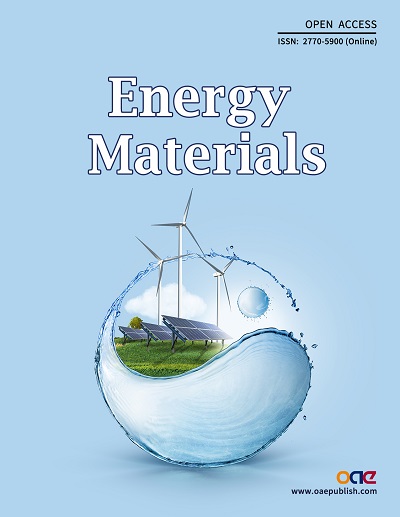fig4

Figure 4. (A) Schematic diagram of the Li nucleation on conductive frameworks. (B) Modeling of heteroatom-doped carbons and pristine GNR model. (C) Summary of calculated binding energy between heteroatom-doped carbon and a Li atom. Reproduced with permission from Ref.[55]. Copyright 2019 American Association for the Advancement of Science. (D) Schematic diagram of the Li nucleation and plating process on N-doped graphene substrate. Reproduced with permission from Ref.[57]. Copyright 2017 WILEY. (E) Schematic diagrams of the nucleation and growth process of lithium on the Cu foil (top) and NGCF (bottom). Reproduced with permission from Ref.[58]. Copyright 2017 WILEY. (F) Schematic of the nucleation of lithium on conventional hosts (top) and lithiophilic hosts. Reproduced with permission from Ref.[60]. Copyright 2018 Science & Technology Review. (G) Schematics illustrations of the distribution mappings of Li adsorption energy(top) and corresponding Li nucleation and plating process on SA metal-NG electrode(bottom). Reproduced with permission from Ref.[61]. Copyright 2019 Wiley. (H) Binding energy of Li atoms on different substrates including graphene, NG, SAMn@NG, SANi@NG, SACo@NG, SAZn@NG, SACo@NG, and SAZr@NG. Reproduced with permission from Ref.[63]. Copyright 2022 WILEY.










